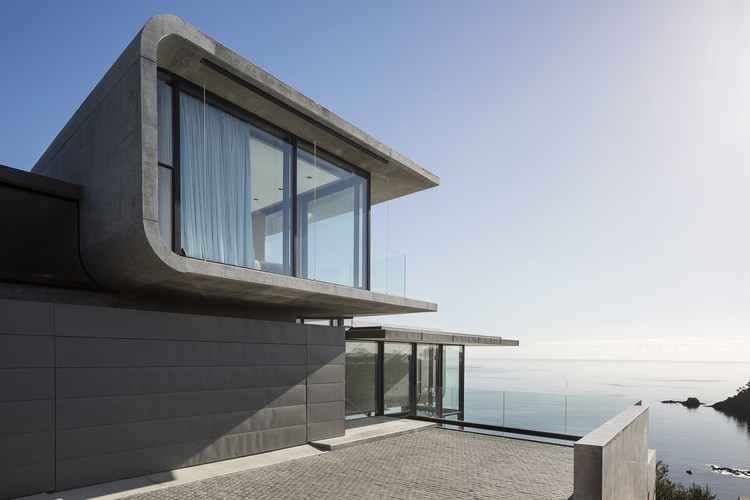
-
Architects: Archimedia
- Area: 390 m²
- Year: 2014
-
Photographs: Patrick Reynolds

Text description provided by the architects. The site is an elevated promontory above a rocky cove at the western entrance to a double bay on Waiheke Island in Auckland’s Hauraki Gulf. The site slopes north-east toward a reef and sandy beaches opposite.

























